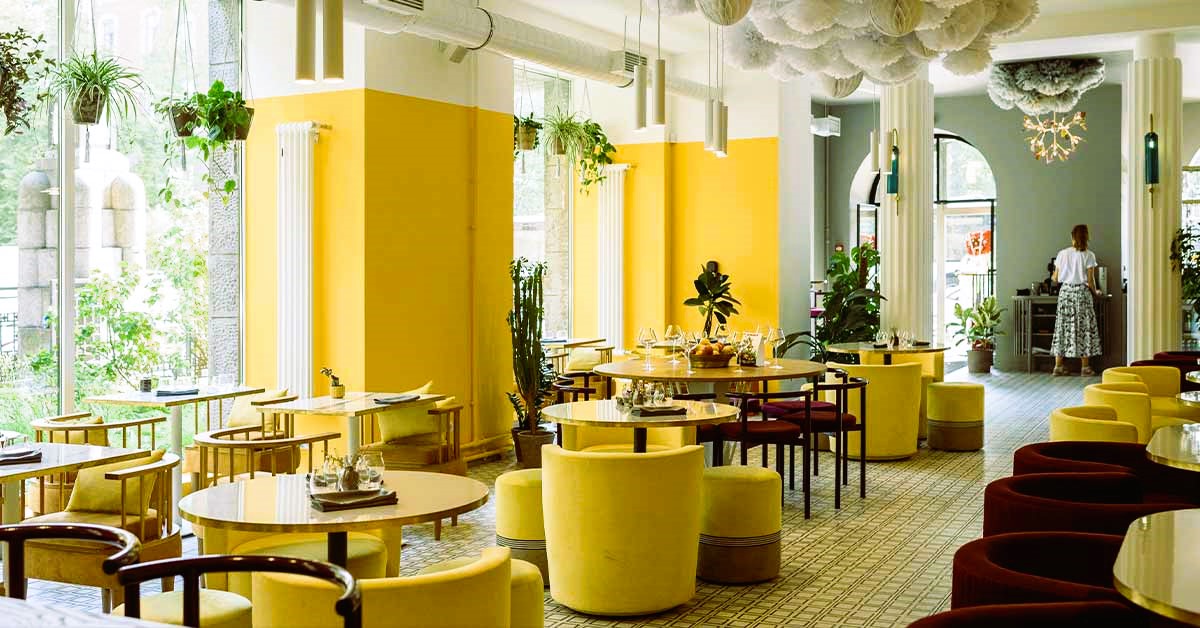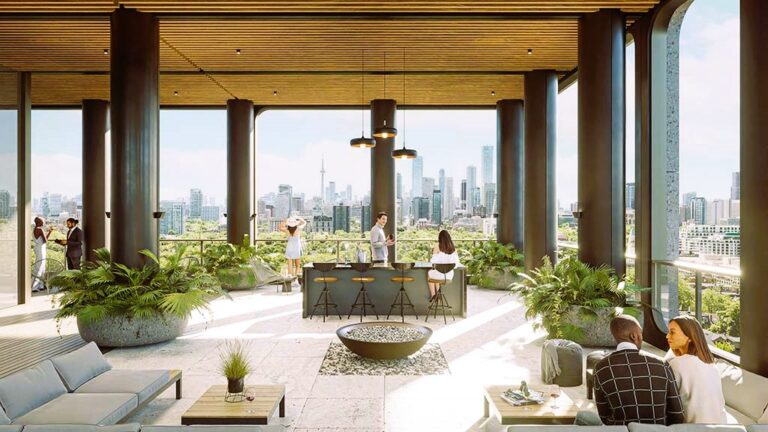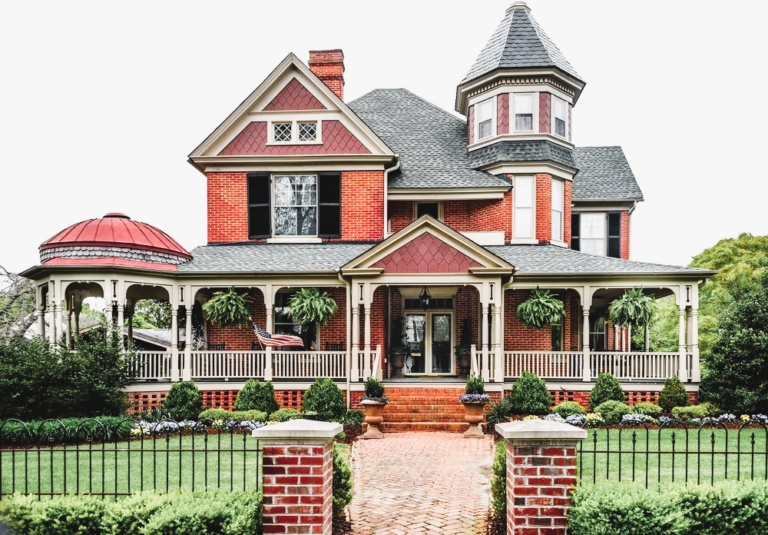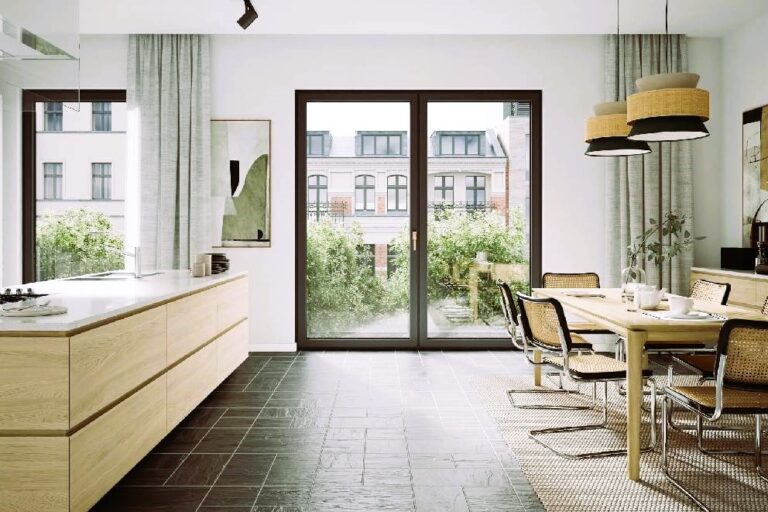Restaurants, cafés, and bars are more than just places to grab a meal or a drink. They are social spaces that bring people together, fostering a sense of community and providing an opportunity for relaxation and enjoyment. The design of these spaces plays a crucial role in creating an atmosphere that attracts patrons and encourages them to linger. In this article, we will explore the importance of thoughtful design in restaurants, cafés, and bars, and how it can inspire and enhance the overall dining and social experience.
Creating an Inviting Ambience
The ambience of a restaurant, café, or bar sets the mood for the entire experience. It encompasses everything from the lighting, color scheme, and furniture to the layout and overall design aesthetic. A well-designed space should be welcoming, comfortable, and visually appealing. It should reflect the establishment’s concept, whether it is a trendy coffee shop, a cozy bistro, or a vibrant cocktail bar.
Lighting plays a crucial role in creating the right atmosphere. Natural light is highly desirable during the day, as it creates a warm and inviting atmosphere. Large windows and skylights can bring in abundant daylight, providing a connection to the outside world. In the evenings, well-placed artificial lighting can create a cozy and intimate environment. Dimmable lights allow for flexibility, allowing the space to adapt to different moods and occasions. The connection between inner and outer life, see the link for more details.

Choosing the right color scheme is another important consideration. Colors evoke emotions and can significantly impact a person’s perception of a space. Warm tones such as red, orange, and yellow can create a lively and energetic atmosphere, perfect for a vibrant bar or café. Cool colors like blue and green can promote relaxation and tranquility, making them suitable for fine dining establishments.
Furniture and Layout
The furniture and layout of a social space play a crucial role in shaping the overall experience. Comfortable seating is essential to ensure that patrons can relax and enjoy their time. The choice of seating arrangements can vary depending on the type of establishment. Restaurants may opt for a combination of booths, tables, and chairs, while cafés may offer a mix of cozy armchairs, communal tables, and counter seating. Bars often feature high stools and standing areas for a more casual and interactive experience.
The layout should also facilitate social interaction while considering functionality and flow. An open floor plan can create a sense of spaciousness and allow for flexibility in seating arrangements. Well-designed circulation paths ensure that patrons can move around the space comfortably without disrupting others. Thoughtful zoning, such as separate bar areas or outdoor terraces, can cater to different preferences and provide a variety of social experiences within the same establishment.
Incorporating Design Elements
Beyond the fundamental aspects of lighting, color, and furniture, successful social spaces often incorporate unique design elements that contribute to their distinct character. These elements can include architectural features, artwork, and decorative elements that enhance the ambiance and add visual interest.
Architectural features such as exposed brick walls, arched doorways, or high ceilings can provide a sense of character and authenticity. They create a backdrop that adds depth and texture to the space. Artwork, whether it is paintings, sculptures, or murals, can be used to create a focal point or to convey a specific theme or concept.
Additionally, paying attention to small details can make a significant difference. Attention-grabbing light fixtures, stylish tableware, and carefully selected decorative objects can elevate the overall aesthetic and create a memorable experience for patrons.
The Role of Acoustics
Acoustic considerations are often overlooked in the design of social spaces, but they can greatly impact the overall experience. Excessive noise levels can make conversation difficult and detract from the enjoyment of the space. On the other hand, too little noise can create a sterile and uninviting atmosphere.
Proper acoustic design involves controlling noise levels through the strategic placement of sound-absorbing materials, such as acoustic panels or curtains. This helps to minimize echoes and reverberation, creating a more pleasant and comfortable environment for conversation.
Standardization and Guidelines
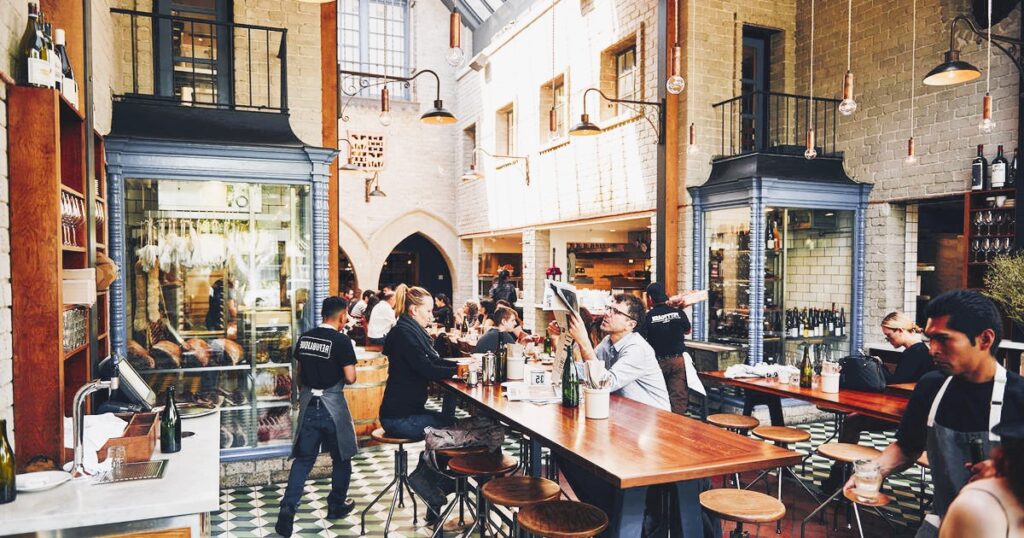
Designing social spaces requires a balance between creativity and functionality. While each establishment should strive to create a unique experience, there are also standardization and guidelines that ensure the safety and accessibility of these spaces.
In Canada, organizations such as the Canadian Standards Association (CSA Group) and the National Research Council of Canada (NRC) develop standards and guidelines for various aspects of building design, including restaurants, cafés, and bars. These standards cover areas such as fire safety, accessibility, ventilation, and lighting. Adhering to these standards helps to ensure that social spaces are designed with the well-being of patrons and staff in mind.
Conclusion
Designing social spaces, such as restaurants, cafés, and bars, is a complex and multidimensional process. Thoughtful design that takes into account factors such as ambience, furniture, layout, and acoustics can greatly enhance the overall dining and social experience. By creating inviting atmospheres that reflect the concept of the establishment and incorporating unique design elements, these spaces have the power to inspire and leave a lasting impression on patrons. Moreover, adherence to standardization and guidelines ensures the safety and accessibility of these spaces, allowing everyone to enjoy the social experience they provide.
References:
- National Research Council of Canada (NRC): link

